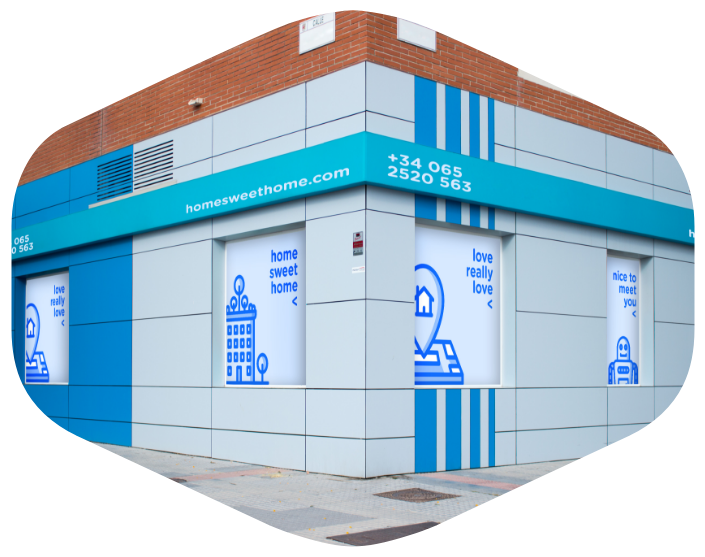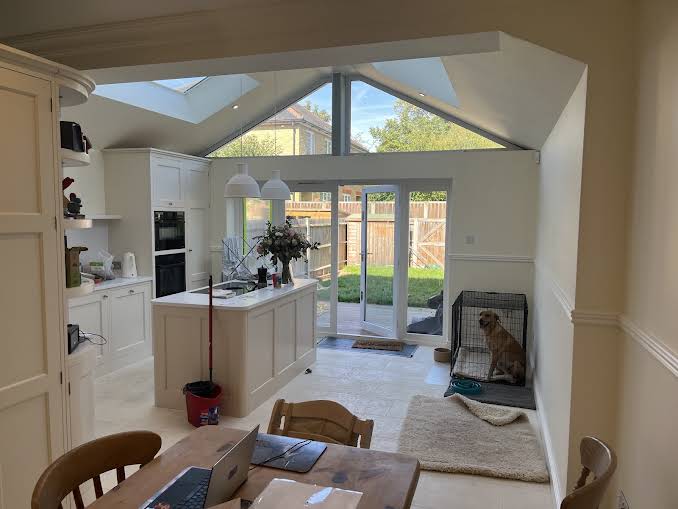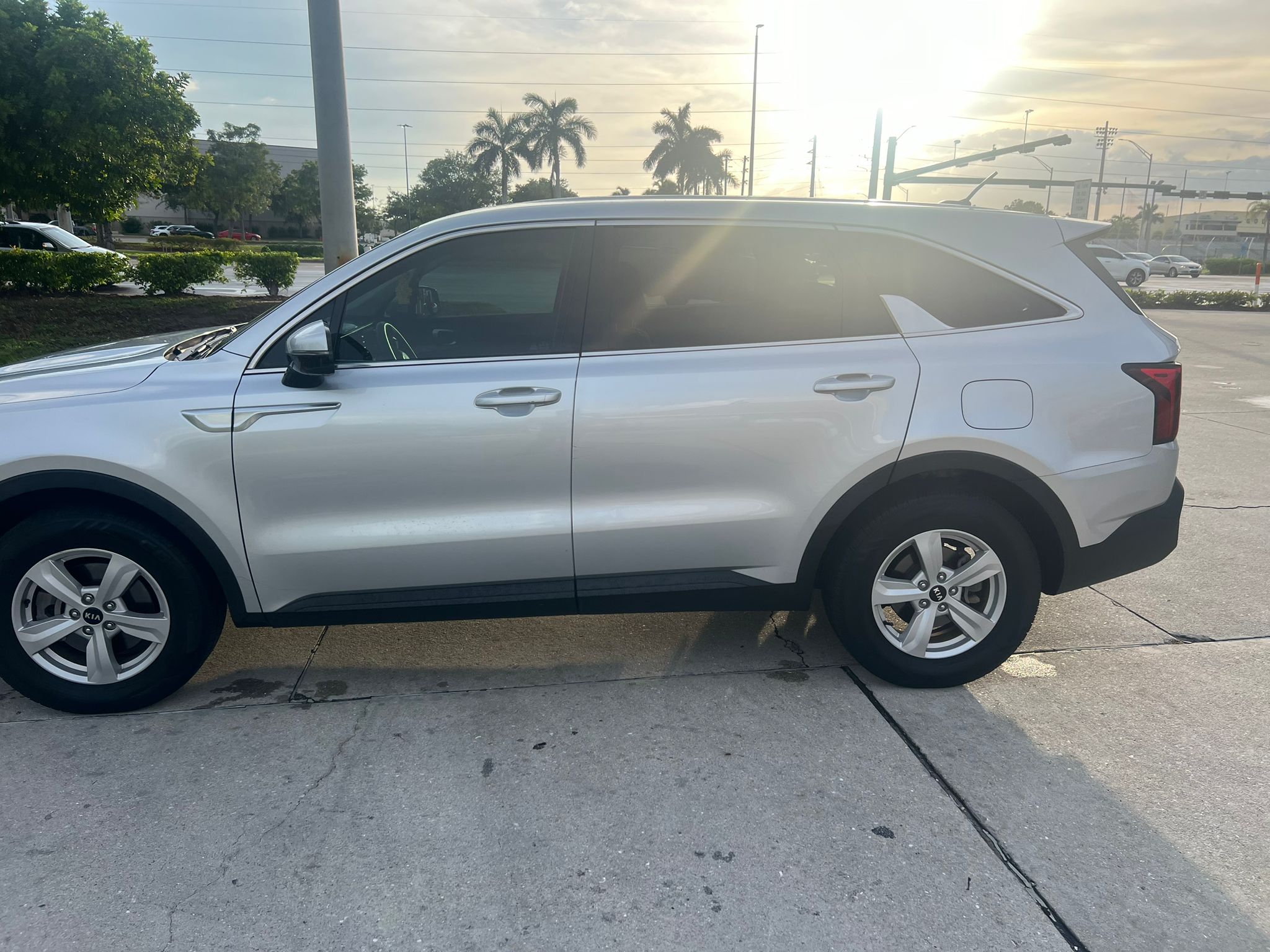Real estate signs play a crucial role in promoting properties and enhancing visibility for real estate agents and agencies. These signs are more than just simple markers; they serve as key marketing tools that attract potential buyers and sellers, provide essential information, and reinforce brand recognition. Whether it’s a “For Sale” sign on a residential property or a large commercial listing, real estate signs offer a direct, visible way to communicate with your target audience.
In this article, we’ll explore the importance of real estate signs, the different types available, and how to make the most of these signs to market your properties effectively.
Why Real Estate Signs Matter
1. Increase Property Visibility
The primary function of real estate signs is to make a property visible to potential buyers. A well-placed sign in front of a property ensures that anyone driving or walking by knows it’s on the market. These signs serve as constant advertisements, working 24/7 to attract attention from people in the area.
2. Generate Leads
Real estate signs are a cost-effective way to generate leads. A person who sees a sign and is interested in the property may contact the agent listed or visit the website for more information. Having easily accessible contact information on the sign makes it simple for potential buyers to reach out.
3. Establish Agent and Brand Recognition
For real estate agents, branding is critical. Custom real estate signs that display the agent’s name, agency, and logo help reinforce brand identity. Over time, people will associate the agent or agency with the successful marketing of properties, building trust and authority in the market.
4. Provide Property Information
In addition to simply announcing that a property is available, real estate signs can also provide key information such as the number of bedrooms, square footage, or special features like a swimming pool or garden. This information helps potential buyers quickly assess whether the property meets their needs.
5. Promote Open Houses
Many real estate signs are used to promote open houses, helping direct traffic to the event and inviting interested buyers to view the property in person. Open house signs are crucial for generating buzz and increasing foot traffic during scheduled viewings.
Types of Real Estate Signs
There are several types of real estate signs to choose from, depending on your needs, property type, and budget. Here are some of the most common options:
1. For Sale Signs
The classic “For Sale” sign is a staple of real estate marketing. Typically placed in front of residential or commercial properties, these signs indicate that a property is available for purchase. They usually include the agent’s contact information, the real estate company’s logo, and sometimes the property’s website or a QR code for more details.
- Best for: Residential and commercial property listings.
- Key benefits: Highly visible, promotes availability, and generates leads.
2. Open House Signs
Open house signs are temporary signs used to direct potential buyers to a scheduled viewing event. These signs are often placed at intersections or in high-traffic areas near the property to guide people toward the location.
- Best for: Promoting open house events and viewings.
- Key benefits: Attracts foot traffic, increases awareness, and directs interested buyers.
3. Hanging Signs
Hanging signs are commonly used for both residential and commercial properties. These signs are typically mounted on posts or poles and allow the sign to sway slightly, catching the eye of passersby. They can be customized with the agent’s name, company logo, and additional property details.
- Best for: Residential homes and commercial buildings.
- Key benefits: Professional appearance, customizable, and easy to install.
4. Directional Signs
Directional signs help guide potential buyers to a property, especially during open houses or events. These signs are often placed at intersections, street corners, or parking lots to ensure that people can easily find the property they’re looking for.
- Best for: Open houses, large properties, and properties located off main roads.
- Key benefits: Helps with navigation, increases visibility, and improves event attendance.
5. A-Frame Signs
Also known as sandwich board signs, A-frame signs are portable and ideal for use during open houses or for highlighting property features. These signs can be placed on sidewalks or driveways and are easy to move as needed.
- Best for: Open houses, rental properties, and promotions.
- Key benefits: Portable, easy to set up, and great for foot traffic.
6. Yard Signs
Yard signs are one of the most common types of real estate signs. These signs are typically placed directly in front of a property, advertising its availability. Yard signs are highly visible, simple to install, and can be customized with logos, agent information, and additional property details.
- Best for: Residential properties, vacant land, and rentals.
- Key benefits: Cost-effective, customizable, and easy to install.
7. Commercial Real Estate Signs
Commercial real estate signs are larger and designed to attract attention for bigger properties like office buildings, retail spaces, and industrial lots. These signs often display more detailed information about the property, including square footage, zoning information, and potential uses.
- Best for: Large commercial properties, industrial spaces, and office buildings.
- Key benefits: Highly visible, professional, and informative.
Design Tips for Effective Real Estate Signs
Creating effective real estate signs involves more than just printing your contact details on a board. The design should grab attention, communicate essential information, and reflect your brand. Here are some tips to keep in mind:
1. Use Clear, Bold Fonts
Your sign needs to be easy to read from a distance. Choose clear, bold fonts that stand out against the background. Avoid overly decorative or intricate fonts that may be difficult to read quickly.
2. Include Essential Information
While it’s important not to clutter the sign, you’ll want to include key details such as your name, phone number, real estate agency, and website. Some signs may also include a QR code, making it easy for interested buyers to access more information.
3. High-Contrast Colors
High-contrast color combinations, like black text on a white background or white text on a blue background, make signs more legible from afar. Additionally, choose colors that align with your brand to maintain consistency across all marketing materials.
4. Professional Branding
Include your logo and branding elements on the sign to build recognition for your real estate business. Over time, potential clients will associate your branding with successful real estate transactions.
5. Add a Call to Action
Encourage potential buyers to take action by including a clear call to action (CTA). This could be something like “Call Today for a Viewing” or “Visit Our Website for More Info.” A compelling CTA increases the likelihood that someone will reach out.
Choosing the Right Material for Your Real Estate Signs
The material you choose for your real estate signs will affect their durability, appearance, and cost. Here are the most common materials used for real estate signs:
1. Coroplast (Corrugated Plastic)
Coroplast is lightweight and affordable, making it one of the most popular materials for temporary real estate signs. It’s weather-resistant, durable, and easy to print on, making it ideal for signs that will only be used for a short time, such as open house or “For Sale” signs.
- Best for: Temporary listings and open houses.
- Key benefits: Affordable, lightweight, and weather-resistant.
2. Aluminum
Aluminum is a strong, durable material often used for more permanent real estate signs, especially for commercial properties. Aluminum signs can be customized with various finishes and colors, making them a great choice for high-end properties or long-term listings.
- Best for: Commercial listings, high-end residential properties.
- Key benefits: Durable, rust-resistant, and professional-looking.
3. PVC (Plastic)
PVC is another durable, weather-resistant material often used for real estate signs. It’s a bit heavier than coroplast but provides a polished, professional appearance. PVC signs are commonly used for longer-term listings or high-value properties.
- Best for: Residential properties and commercial listings.
- Key benefits: Durable, clean appearance, and customizable.
Maximizing the Impact of Your Real Estate Signs
1. Strategic Placement
Placement is everything when it comes to real estate signs. Position your signs in high-traffic areas where they will be most visible to both pedestrians and drivers. Ensure that your sign isn’t obstructed by trees, parked cars, or other objects that might block its visibility.
2. Add Lighting for Night Visibility
If you want your sign to be visible at night, consider adding lighting, especially for high-end properties or commercial real estate. Solar-powered lights are an eco-friendly and cost-effective option that ensures your sign remains visible after dark.
3. Use Multiple Signs
Don’t limit yourself to just one sign. Using multiple signs at various entry points or nearby intersections increases the chances of attracting potential buyers. For large properties, multiple signs can guide interested parties to the correct location.
Conclusion
Real estate signs are an essential tool for marketing properties and building your brand as a real estate professional. Whether you’re advertising a residential property, promoting an open house, or showcasing a commercial listing, choosing the right type of sign and ensuring it’s well-designed can significantly impact your success.
By using bold fonts, professional branding, and strategic placement, your real estate signs can generate leads, enhance property visibility, and ultimately help you close more deals.


